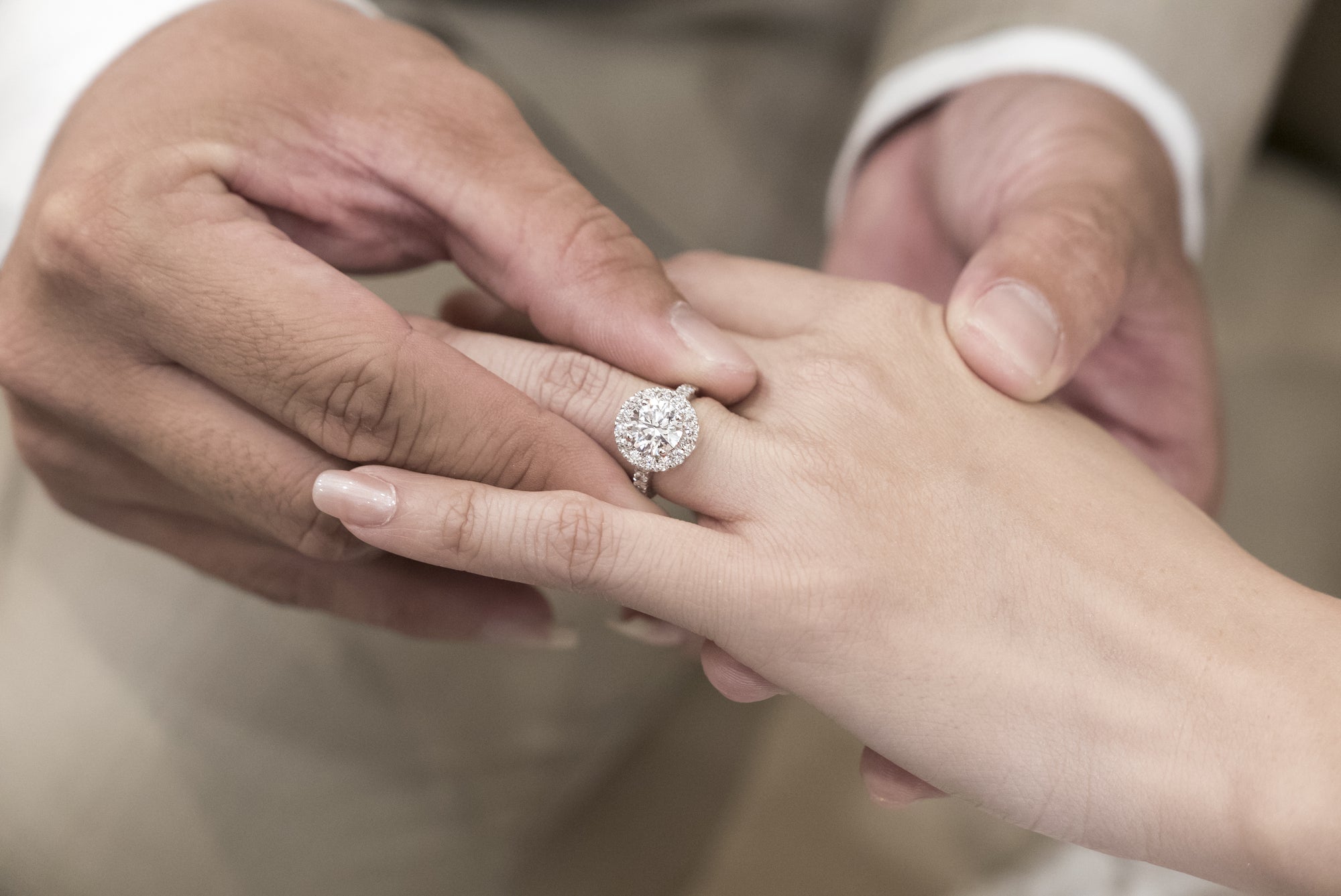THE DIFFERENT METHODS
How To Find My Ring Size?

How many methods are there to find my ring size?
Lots … and we are always hearing of new and different ways to measure your finger, all the time. Some of the most common at home methods are: the string method, the old ring method, the printed tape-measure method, the plastic adjustable multi-sizer method and the jewellers method.
How accurate are these methods?
We have listed them below, from one the most accurate, to five the least accurate.
Nº 1. The Jewellers Method

(THE MOST ACCURATE)
This requires a handy ring rail. If you come and visits us in-store to get your finger measured, we will use a metal ring gauge. It consists of metal rings from size A to Z+6 and includes half sizes. There are two versions, one is used to measure your finger with thinner rings, and the other is used to measure your finger with wider bands.
- It is important when measuring your finger, that the correct ring rail is being used.
- In our opinion, this method is the most accurate way of measuring your finger size. As the rigid feel and weight of the rings, are the closest resemblance to an actual ring.
- You are able to pull the ring on and off your finger, without it changing size. To understand how the ring feels when going over your knuckle and whilst on your finger.
- You can accurately measure for a wider rings, whereas with the options below, you are only guessing the size.
If you want to get the same accuracy, by measuring your finger at home. You can purchase your very own personal ring gauge for life.
Nº 2. The Plastic Adjustable Multi-Sizer Method

This requires a plastic strap which resembles a belt. One end of the strap is threaded through the buckle, with an arrow on top. Making sure that the letters are facing outwards, the strap now forms a loop, like a ring. Place the multi-sizer onto your finger, where the ring will sit and adjust by pulling the strap, to give a comfortable fit. The letter shown closest, to the pointed arrow is your size.
- Make sure the size is correct, by checking that the multi-sizer is able to wriggle over your knuckle.
- This is a very good and quick method for measuring your ring size.
- Keep in mind, that the plastic ring sizer is adjustable. You need to make sure, that after you have found the size you are comfortable with, the multi-sizer is not changing size, as it goes over your knuckle.
- If it needs to adjust to go over your knuckle, the original size you have picked is too small and incorrect.
The multi-sizer is only a guide for rings with the same band width, as the plastic strap (approx 4.75mm). For rings with a thinner/wider band, your ring size will need to be respectively smaller/larger than the size measured with this multi-sizer.
Nº 3. The Printed Tape-Measure Method

This requires you to print a ring strap sizer, similar to a tape measure, to the correct proportions. After cutting out the sizer you are going to need to make a slit in the sizer where it is indicated, so that the ring strap can be threaded through. Wrapping the sizer around the part of the finger, where the ring would sit, the letter positioned in the slit, provides an indication of your size.
- This is an adequate guide, however the difficulty of this method is found, when trying to slide the sizer over the knuckle, without loosening it.
- The lack of weight, depth and thickness means that you are unable to understand, how comfortable or uncomfortable different sizes feel, when clenching and moving your fingers.
To give an indication of your ring size, download our free version of the printed tape-measure method. All you have to do is simply click here to download, and follow the instructions.
Nº 4. The Old Ring Method

If you have an old ring and want to know the size of it. The most accurate way to measure your ring, is to simply visit us in-store, so we can measure the ring on a mandrel and tell you the size. For at home measuring, this requires you to measure the internal diameter of the ring with a tape measure or ruler, and use the international conversion chart to find your ring size.
The home measuring option can lead to inaccuracy’s because:
- Some ring designs have a very high top and instead of sitting low onto the finger, they stand high above it. Depending on the design of the ring, this area is sometimes hollowed out, to provide more comfort - by giving the finger more room to breathe. By measuring the wall to wall internal diameter, you are not allowing for this hollowed out area in the ring.
- Subsequently, the size you will measure will be smaller, then the size you require.
If you are buying a surprise ring for someone else and you want to measure the internal diameter, of a ring they wear.
- Firstly, you need to make sure that this ring fits on the same finger, you are buying the ring for. As even the same finger on the opposite hand, will be a different size.
- Secondly (this is really important), you need to make sure that the ring you are measuring, is a current ring they wear and not for example … a toe ring they wore many years ago (true story).
Also, keep in mind that the width of a rings band, makes a huge difference. For example: a ring that is 6mm wide needs to be larger in size, than a ring with a 2mm width, for the same finger. As the ring is wider and is taking up more room on your finger, it will require a larger size.
Nº 5. The String Method

(THE LEAST ACCURATE)
This requires you to measure your finger with a piece of string, marking the string as it overlaps and measuring it against a ruler. By measuring the circumference of your finger, with the string, you can use the International Ring Conversion Chart - to indicate your finger size.
This method is inaccurate and unadvisable, as:
- The width of the string, is too thin, to compare with a ring shank and the string maybe elastic and therefore can stretch.
- You are not measuring the whole finger, the only part of the finger you are measuring, is where the ring would sit.

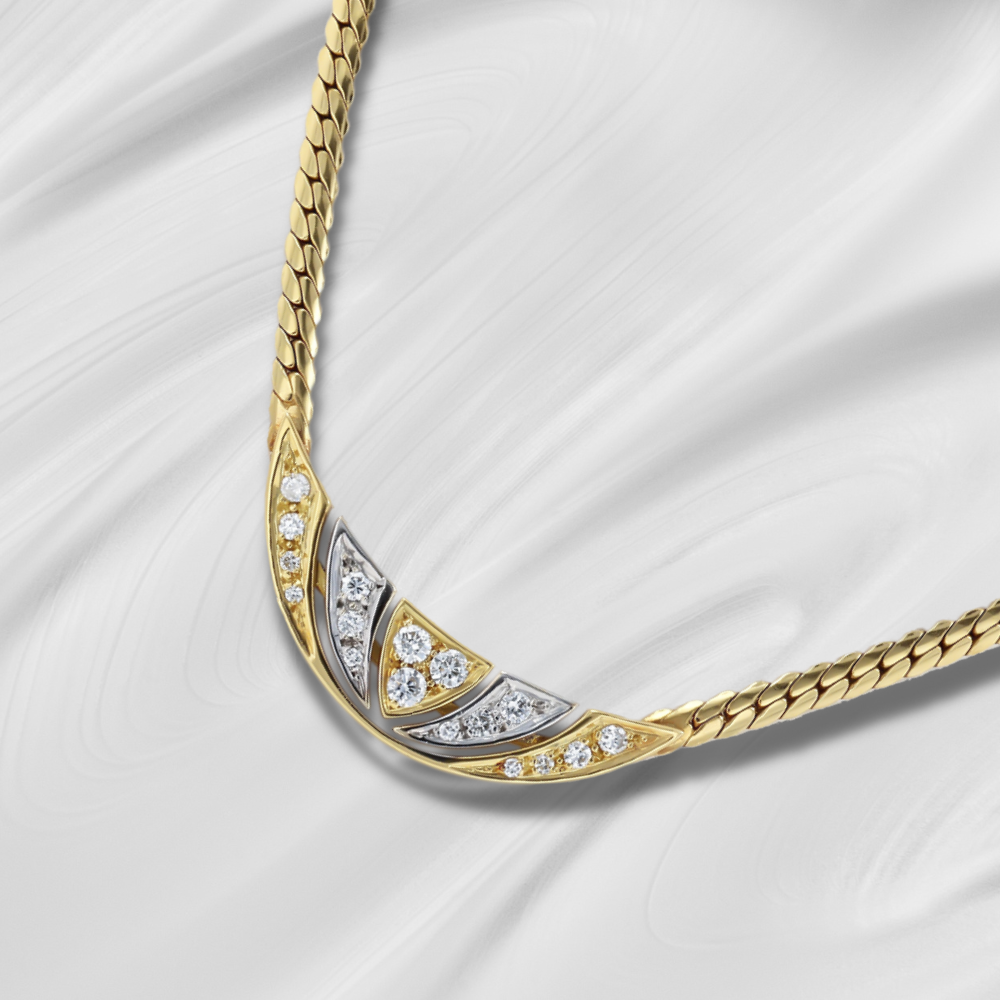

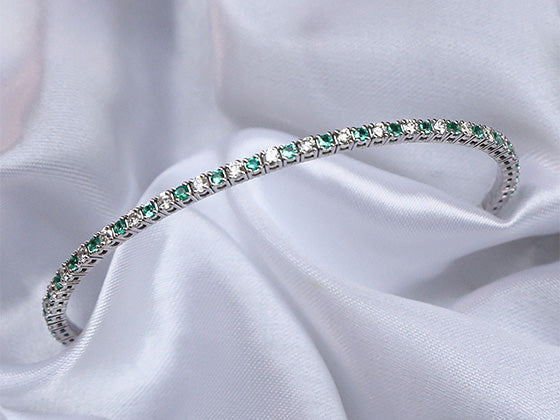

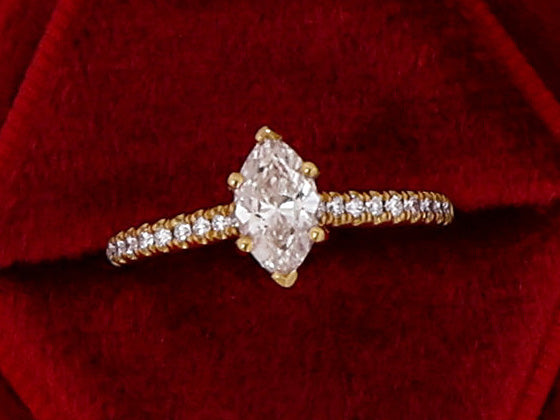
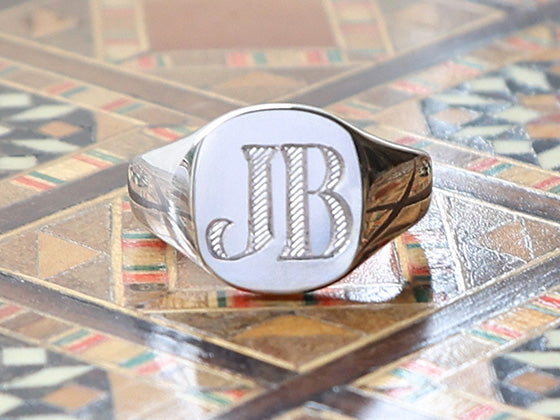
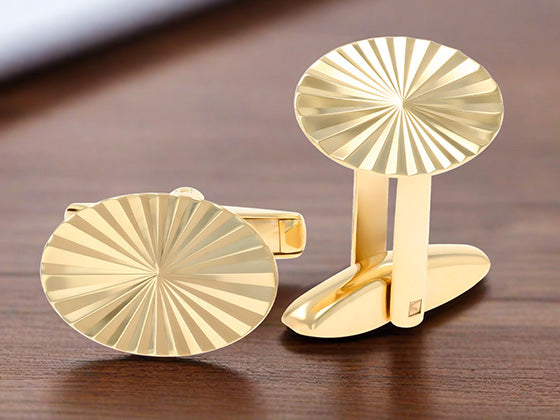
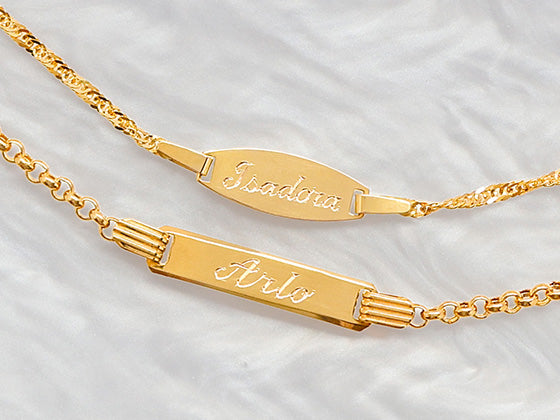
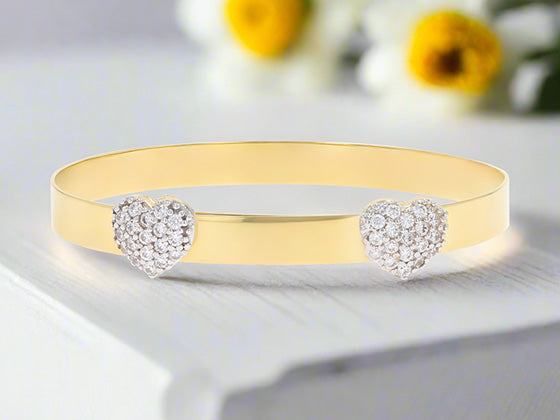
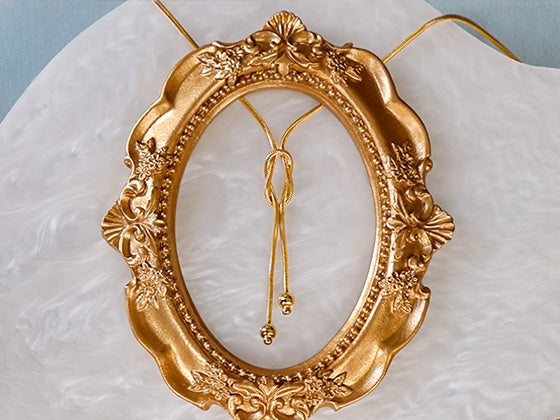
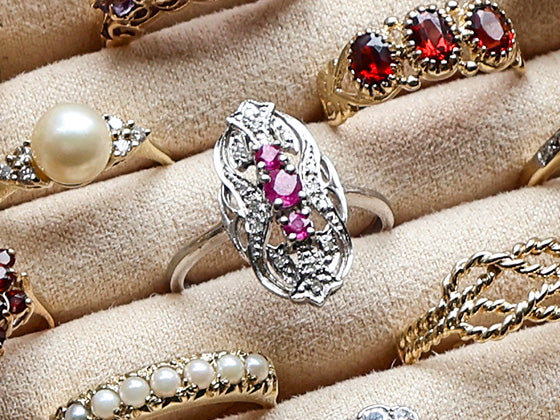
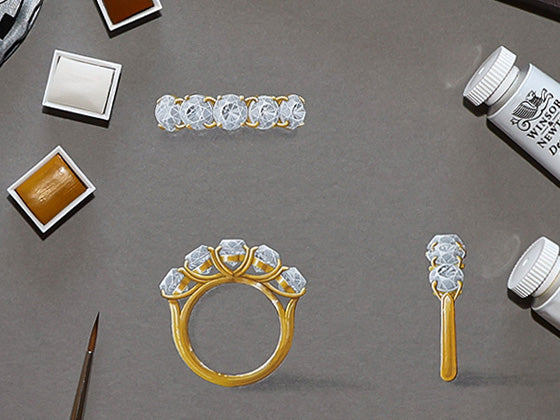
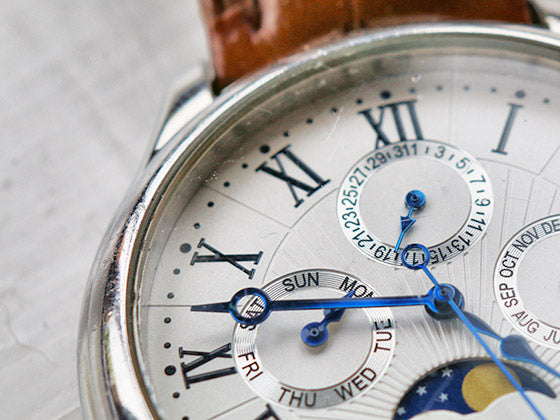
 Contact Us
Contact Us
